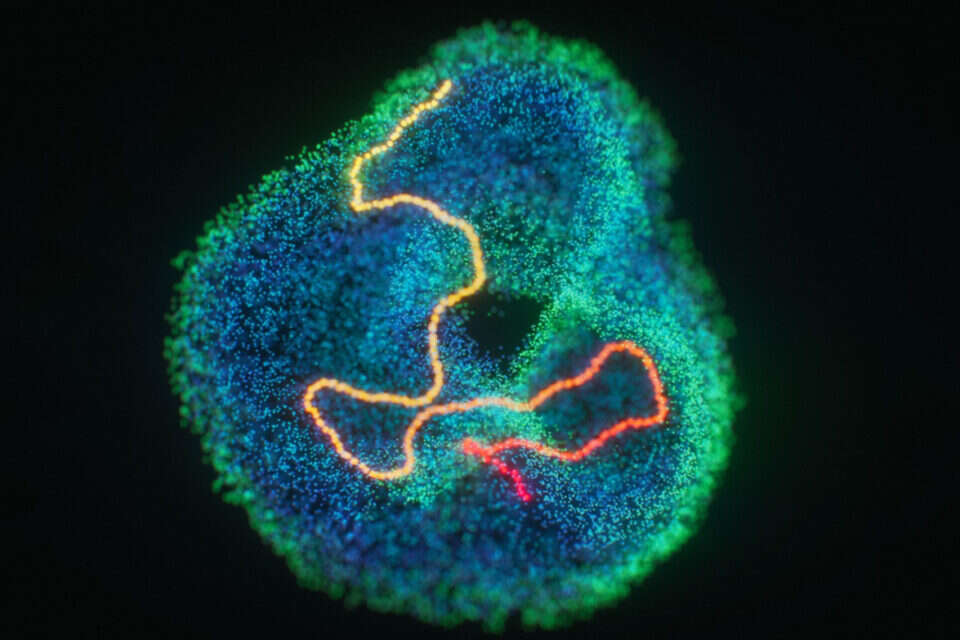A study published today (Wednesday) in the prestigious journal Nature, reveals for the first time the overall mechanisms of nerve cells in the brain that are responsible for an animal's ability to represent itself in space and thus orient itself in space.
This is a study written by an international team led by Nobel Prize winners and with the participation of Prof. Yoram Burk of the Hebrew University.
In fact the present study done with advanced tools, and strengthens theoretical predictions from ten years ago, predictions that explained the common pattern of brain cell activity in this field.
Today, unlike in the past, it is not only possible to measure the activity of individual cells in the brain, but the activity of nerve cells as a whole network, so it is better to understand the interactions between parts of the nerve cell system and how they work to translate stimuli from different senses into one complete picture.
It is important to note that advances in research have been made possible because technology has recently been developed that allows the activity of thousands of nerve cells in animals to be recorded at once while behaving naturally.
In this context, the research group of Edward Mozer and May-Brit Mozer of the University of Norway at NTNU, Nobel Laureates from 2014, was one of the first to implement this technology in an area of the brain where there are "lattice cells" - nerve cells whose activity depends on the animal's location. Information regarding navigation in space.
Yoram Burk, Photo: elsc
Later other researchers at the same university developed a mathematical method by which the representation of the stimuli of the cells could be understood spatially, that is, to actually understand the signals of the cells as information that could be deciphered and translated into human understanding.
The method is unique in that it can be applied both while the animal is moving in space and while sleeping.
One of the main conclusions of the study is that the activity patterns of the cells are very similar in wakefulness and sleep.
More broadly, research sheds light on how neurons work together, to enable cognitive abilities like navigation.
The experiments were conducted by Dr. Richard Gardner under the guidance of Prof. Edward Mozer and Prof. May-Britt Mozer.
Eric Hermansen, a doctoral student at NTNU University, analyzed the neural drawings using mathematical methods that he developed together with Prof. Nils Bass and Prof. Benjamin Dunn.
Dr. Marius Pachitrio HHMI (USA) and Prof. Yoram Burk from the Hebrew University are also partners in the study.
Prof. Yoram Burek of the Hebrew University who participated in the study says that "the study is the product of a new era in brain research, where one can observe the activity of many nerve cells at once, and examine how they work together. Therefore, these observations can be linked to theoretical models .
Were we wrong?
Fixed!
If you found an error in the article, we'll be happy for you to share it with us






/cloudfront-eu-central-1.images.arcpublishing.com/prisa/4XEFCJJ6OBGEVN2626XOLJD47Y.jpg)
